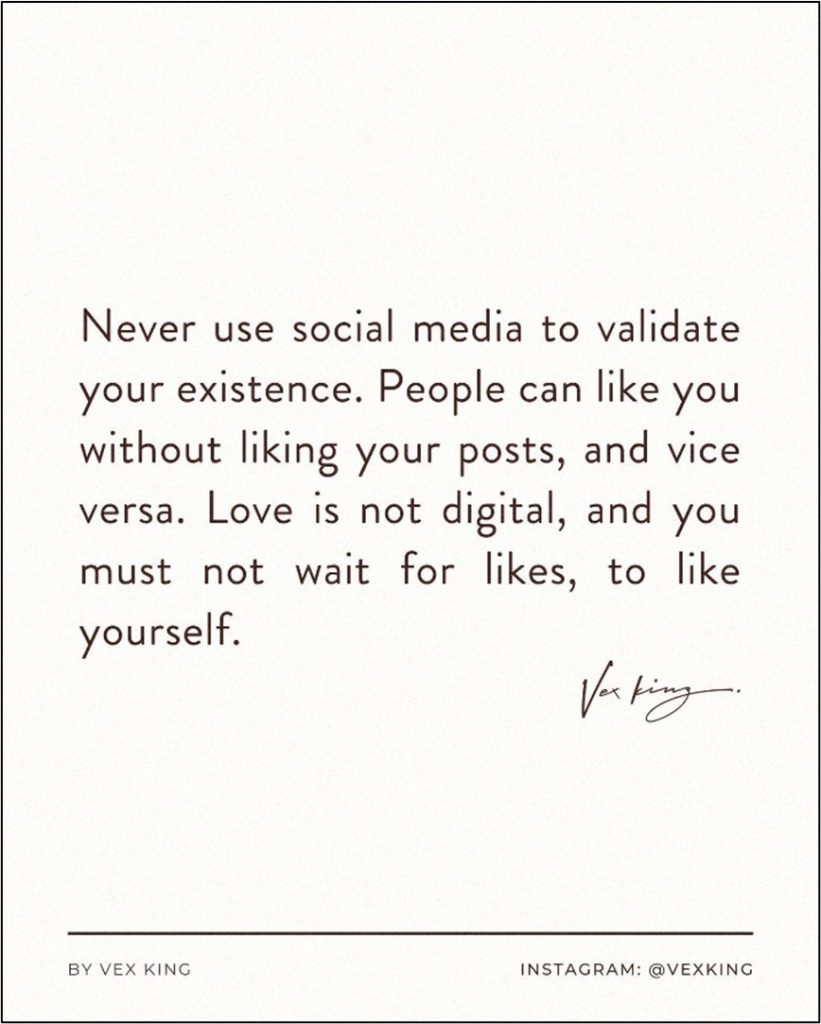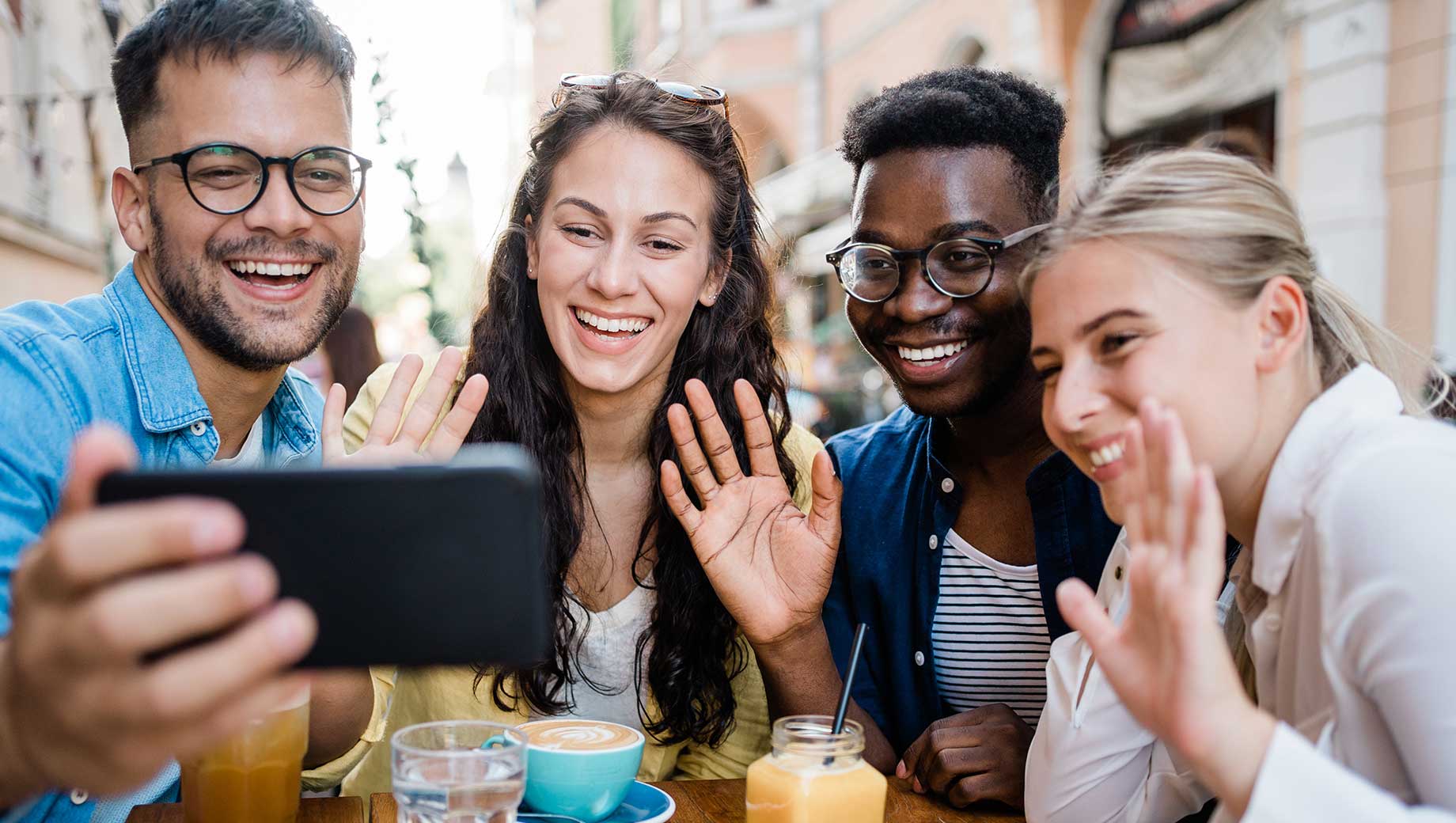Today, February 14th, people celebrate Valentine’s Day to cherish the sweet and tender emotion of love and warmth. Sending messages and gifts to express affection to loved ones has become a ritual, especially on this day. Initially, this day was dedicated to romantic partners only; however, its scope has expanded to meaningful friendships, family bonds, and genuine connections. That’s why this blog does not only focus on the romantic relationships traditionally associated with Valentine’s Day but also highlights the evolving nature of friendships and familial love in the digital landscape.
Technological expansion and shift have changed the psychographics of the emotion of love and attachment because now people don’t have to wait for years to meet and see each other to convey their feelings. New mediums of communication have allowed them to see and talk multiple times daily without barriers and limitations.
Shift from Traditional to Modern Relationship
In the past, people expressed their emotions through handwritten letters, chance encounters, and private meetings. The rise of digital media has drastically transformed the conventional ways of expressing love, care, and attachment in relationships. Facilities such as instant messaging, video, and voice calls available on digital and social media platforms have redefined communication rules, making developing and maintaining connections easier. Finding and nurturing familial, friendly, or romantic relationships is now just a matter of one click. Virtual connections is a well-known term in the digital era.
This transformation from sending letters to digital messages (DMs) has made communication more manageable and accessible. However, despite introducing exciting opportunities and mediums of connectivity, it also presents many challenges that affect the authenticity and beauty of relationships.
Elevation of Virtual Connections

Framing relationships in this context, meaningful bonds blossomed in traditional ways before the proliferation of online platforms like Facebook, Instagram, and WhatsApp. However, the perception of connection as an emotion was elevated differently when social media allowed people to connect beyond geographical boundaries.
Friendship, family ties, and social relationships have taken on a new dimension in the digital era. People now celebrate their bonds through online interactions through curated posts, video calls, or shared memories on digital platforms. Digital platforms have encouraged individuals to stay connected with their loved ones despite physical distances. From aesthetic Instagram stories capturing family moments to WhatsApp group chats filled with inside jokes and heartfelt messages, the dynamics of relationships have shifted significantly. The digital age has made celebrating friendships and familial bonds easier, fostering deeper connections in innovative ways.

The Challenges & Impact
Forming relationships and curating love on online portals can be an aspiring strategy to stay relevant in the digital world. Still, this constant exposure and availability can lead to complications and feelings of inadequacy in relationships.
The lack of authenticity and unrealistic expectations
Chakravorty1 (2024) has discussed the negative impact of social media on personal relationships in her research. Her findings revealed that these online platforms have diluted the authenticity of relationships. Trust, honesty, and companionship are the primary keys in relationships, and digital media has affected these traits. With access to the virtual world at one’s fingertips, making and breaking connections has become effortless.
Similarly, it also sets unrealistic expectations among people, fostering feelings of comparison and constant pressure to portray the perfect persona on digital media. The fear of missing out and the desire to seek validation from peers affect mental health as well as relationships (LifeBonder, 2024).
From Deep Connections to Fleeting Interactions
Gone are the days when handwritten letters and deep conversations defined relationships. The generation thriving in the digital world has redefined relationship norms and has a vast dating vocabulary for making and breaking relationships. “Relationships” have become “situationships” in the present. Digital natives are much less likely to be in real or long-term commitments because they have a plethora of choices, and finding a new partner or friend is just a click away (Miller, 2019)2.
Today, terms like ghosting, benching, and breadcrumbing describe fleeting interactions, showcasing the impact of digital evolution on how people connect with one another.
Friendships, family bonds, and personal connections sometimes suffer from the superficiality of digital engagement. While social media allows people to stay in touch, it can also create an illusion of closeness that lacks depth. Genuine relationships—whether familial, friendly, or romantic—require emotional investment beyond digital interactions.
Final Remarks
Social and digital media have undoubtedly transformed society and significantly impacted communication and relationship-building. While digital tools offer convenience, they also demand mindfulness and intentionality. The key is recognizing the difference between personal and public life, setting boundaries for online portrayals, and fostering genuine connections without constant validation. The essence of love, friendship, and family remains unchanged, transcending digital trends and ensuring that real relationships continue to thrive.
Remember!



